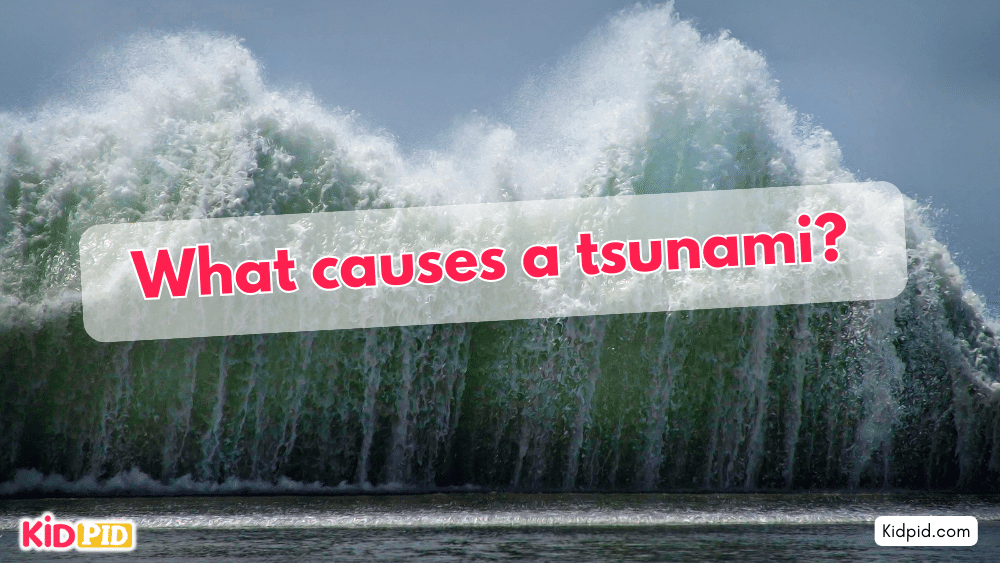A tsunami is caused primarily by underwater earthquakes, but can also be triggered by volcanic eruptions, landslides, or meteorite impacts. When these events displace a large amount of water, it creates waves that travel across the ocean at high speeds, growing in height as they approach shallower coastal areas.
Contents
MCQs
1. Which of the following can also trigger a tsunami?
A) A river overflowing
B) A hurricane
C) A landslide into the ocean
D) Lightning
Answer: C) A landslide into the ocean
Explanation: Besides underwater earthquakes, tsunamis can also be triggered by landslides into the ocean. The sudden entry of a large mass of land displaces water, creating waves that can grow into a tsunami.
2. How do tsunamis differ from regular ocean waves?
A) They are warmer
B) They travel faster and further
C) They are saltier
D) They are caused by the moon
Answer: B) They travel faster and further
Explanation: Tsunamis can travel at speeds of up to 500 miles per hour (800 kilometers per hour) and across vast distances of the ocean, making them much faster and capable of traveling further than regular ocean waves.
3. What does the word “tsunami” mean in Japanese?
A) Giant wave
B) Water quake
C) Harbor wave
D) Ocean storm
Answer: C) Harbor wave
Explanation: “Tsunami” is a Japanese word where ‘tsu’ means harbor and ‘nami’ means wave. The term reflects how these waves can surge into harbors, causing destruction.
4. What can help detect a tsunami early?
A) Weather balloons
B) Seismic activity monitors
C) Satellite images
D) Deep-ocean pressure sensors
Answer: D) Deep-ocean pressure sensors
Explanation: Deep-ocean pressure sensors, part of the tsunami warning systems, can help detect tsunamis early. These sensors monitor changes in the pressure exerted by the overlying water column, which can indicate a tsunami is forming.
Read More
